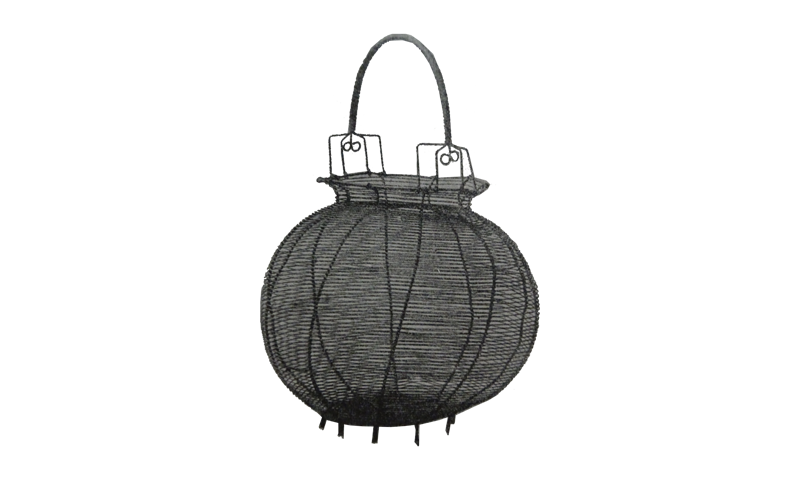Early medieval European longhouses had an open fire under the highest point of the building. The “kitchen area” was between the entrance and the fireplace. … Read wiki Medieval Kitchens.
Read wiki Medieval Cooking
The kitchen remained largely unaffected by architectural advances throughout the Middle Ages; open fire remained the only method of heating food. European medieval kitchens were dark, smoky, and sooty places, whence their name “smoke kitchen”. In European medieval cities around the 10th to 12th centuries, the kitchen still used an open fire hearth in the middle of the room. In wealthy homes, the ground floor was often used as a stable while the kitchen was located on the floor above, like the bedroom and the hall. In castles and monasteries, the living and working areas were separated; the kitchen was sometimes moved to a separate building, and thus could not serve anymore to heat the living rooms. In some castles the kitchen was retained in the same structure, but servants were strictly separated from nobles, by constructing separate spiral stone staircases for use of servants to bring food to upper levels. An extant example of such a medieval kitchen with servants’ staircase is at Muchalls Castle in Scotland.
With the advent of the chimney, the hearth moved from the center of the room to one wall, and the first brick-and-mortar hearths were built. The fire was lit on top of the construction; a vault underneath served to store wood. Pots made of iron, bronze, or copper started to replace the pottery used earlier. The temperature was controlled by hanging the pot higher or lower over the fire, or placing it on a trivet or directly on the hot ashes. Using open fire for cooking (and heating) was risky; fires devastating whole cities occurred frequently.
Leonardo da Vinci invented an automated system for a rotating spit for spit-roasting: a propeller in the chimney made the spit turn all by itself. This kind of system was widely used in wealthier homes. Beginning in the late Middle Ages, kitchens in Europe lost their home-heating function even more and were increasingly moved from the living area into a separate room. The living room was now heated by tiled stoves, operated from the kitchen, which offered the huge advantage of not filling the room with smoke.
Freed from smoke and dirt, the living room thus began to serve as an area for social functions and increasingly became a showcase for the owner’s wealth. In the upper classes, cooking and the kitchen were the domain of the servants, and the kitchen was set apart from the living rooms, sometimes even far from the dining room. Poorer homes often did not have a separate kitchen yet; they kept the one-room arrangement where all activities took place, or at the most had the kitchen in the entrance hall.
The medieval smoke kitchen (or Farmhouse kitchen) remained common, especially in rural farmhouses and generally in poorer homes, until much later. In a few European farmhouses, the smoke kitchen was in regular use until the middle of the 20th century. These houses often had no chimney, but only a smoke hood above the fireplace, made of wood and covered with clay, used to smoke meat. The smoke rose more or less freely, warming the upstairs rooms and protecting the woodwork from vermin.
* Thompson, Theodor, Medieval Homes, Sampson Lowel House 1992

